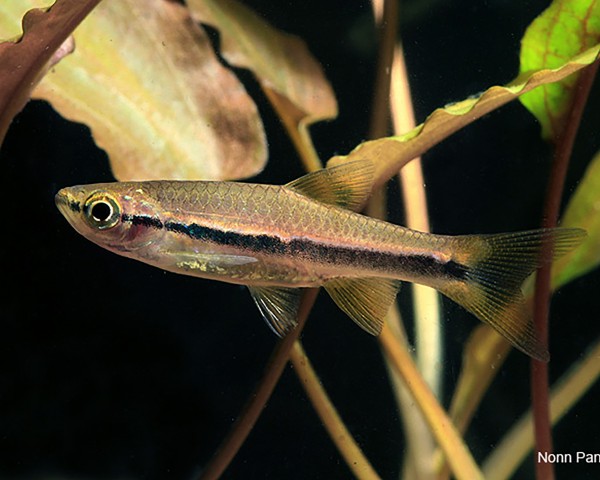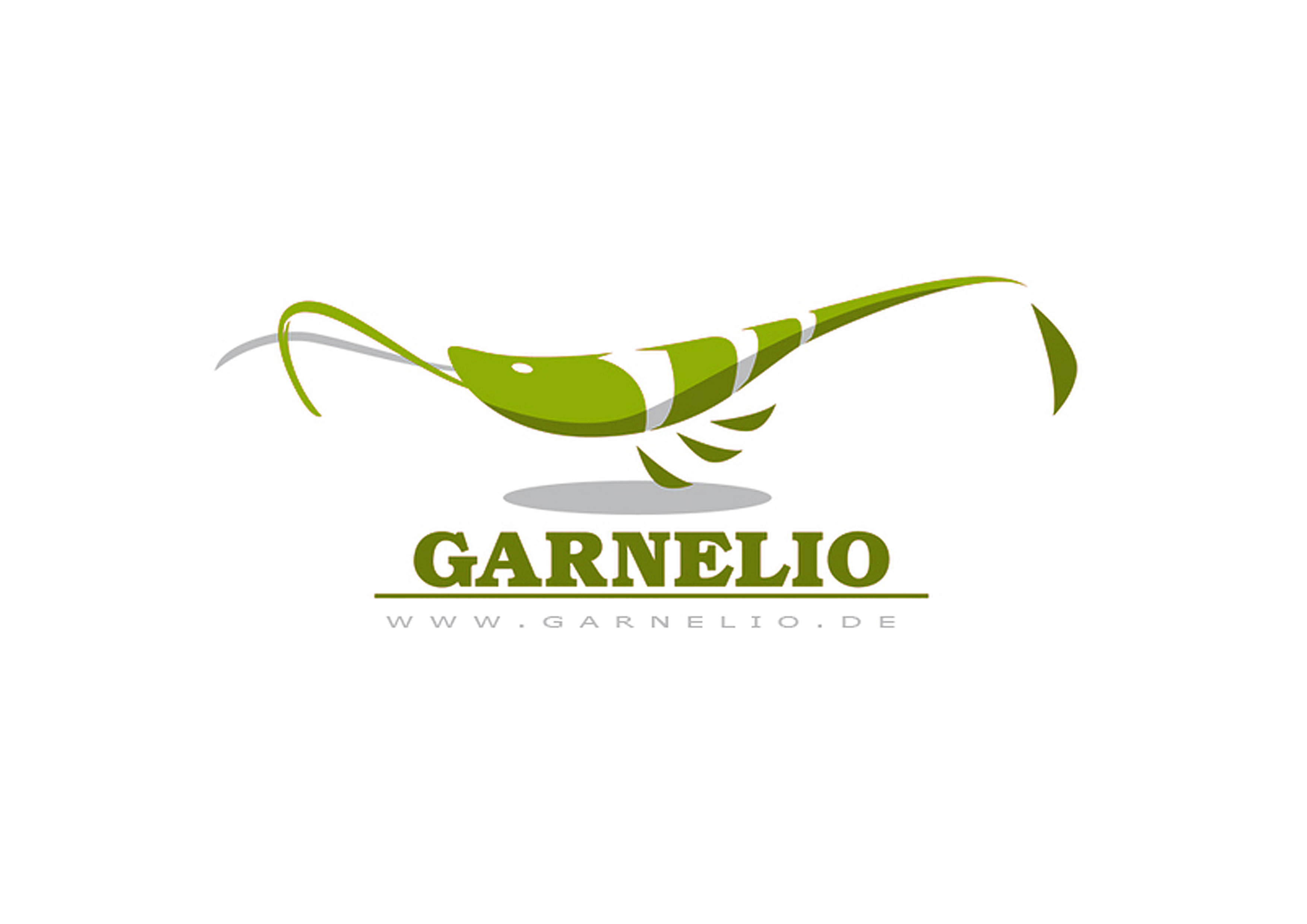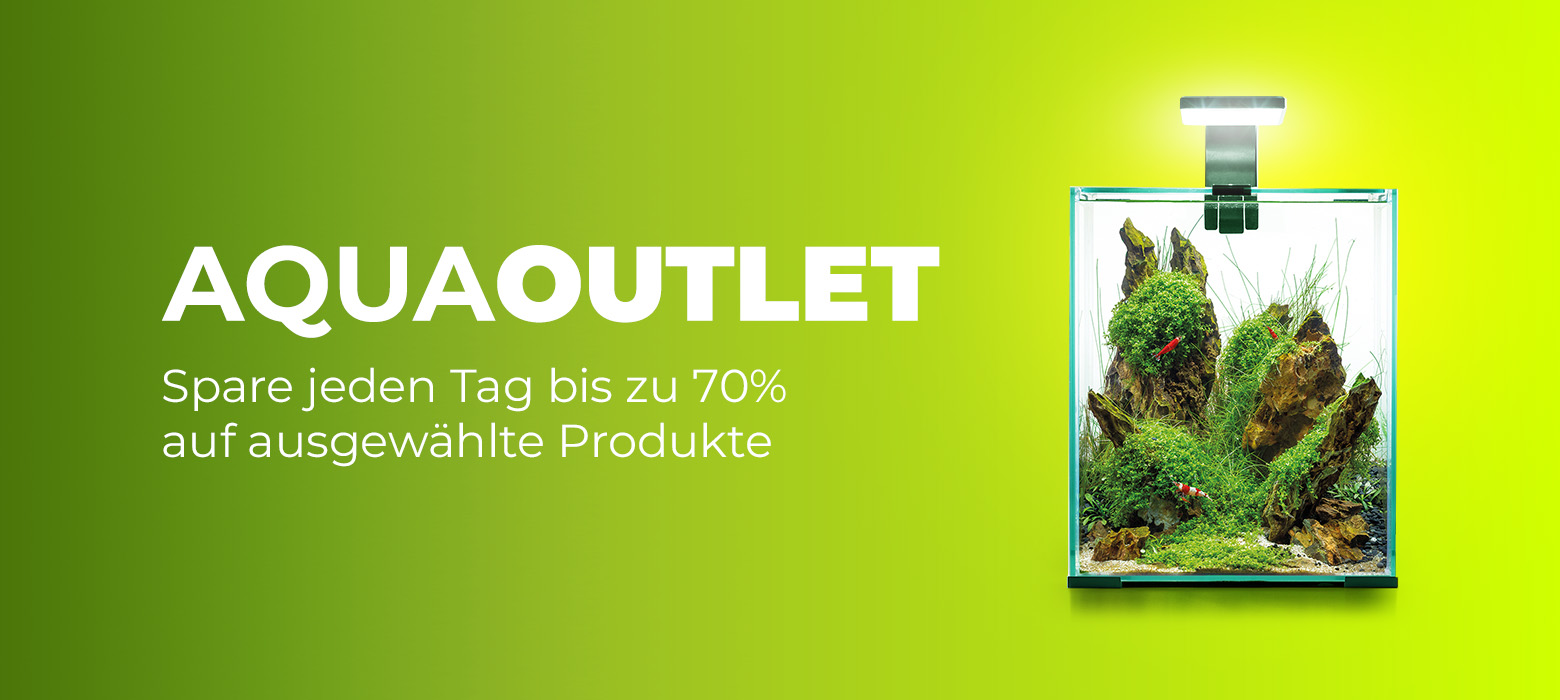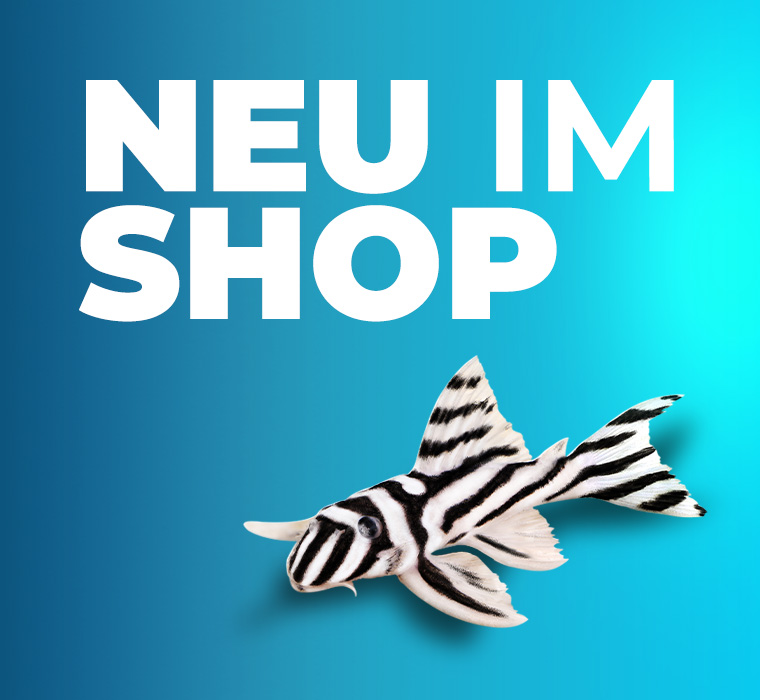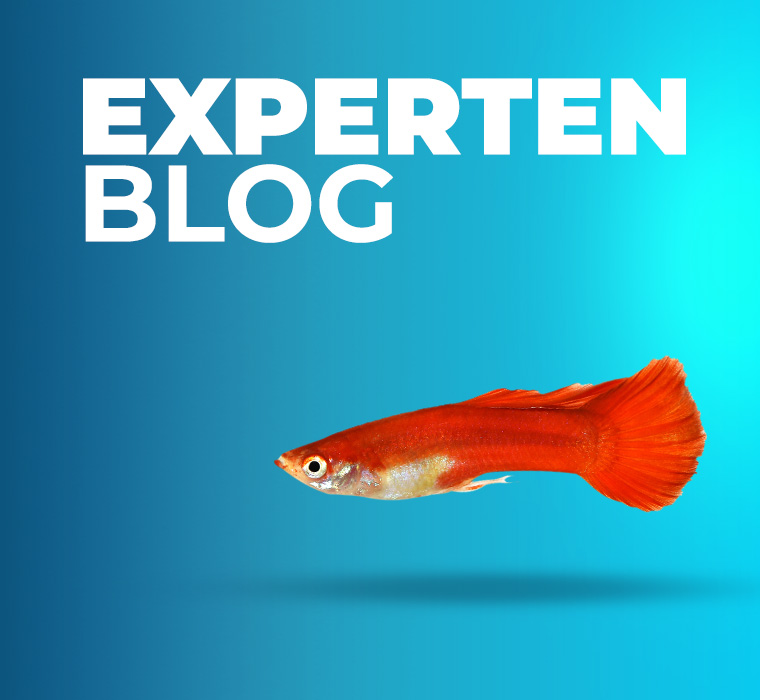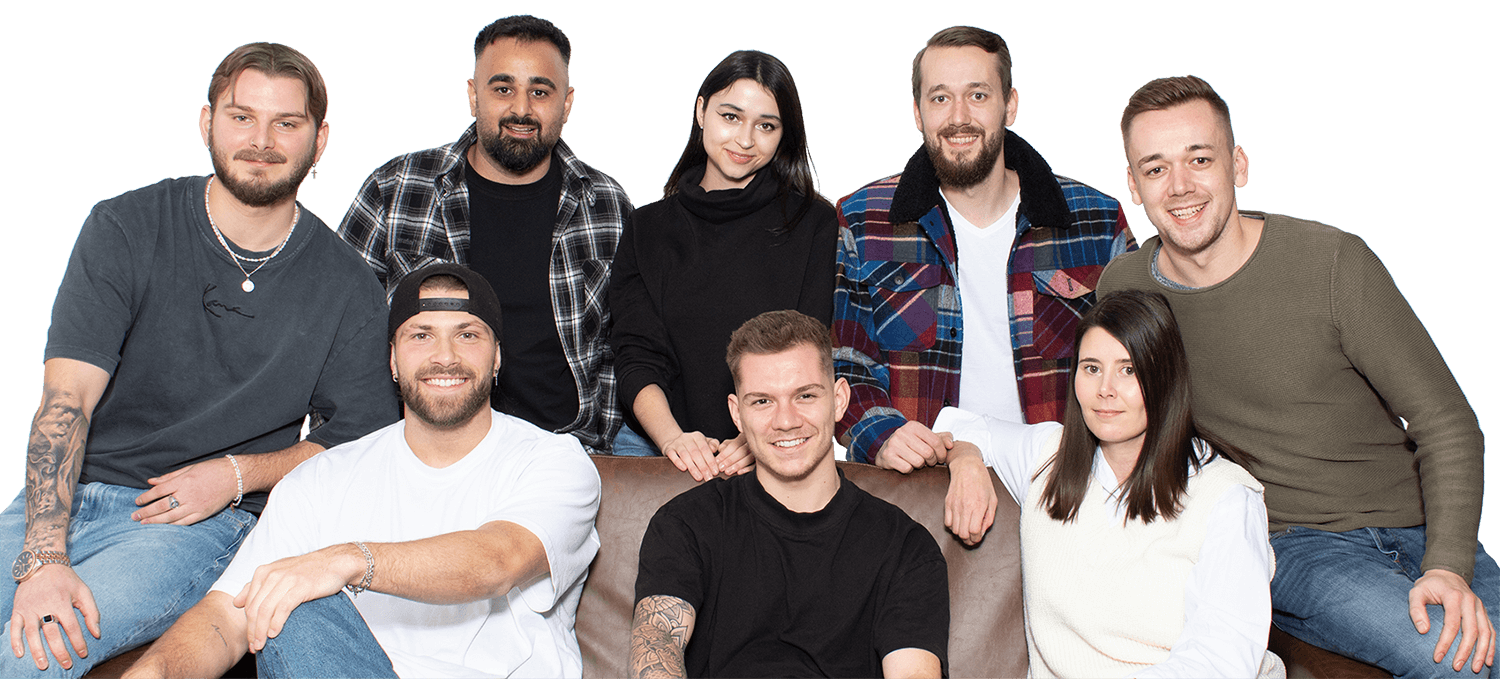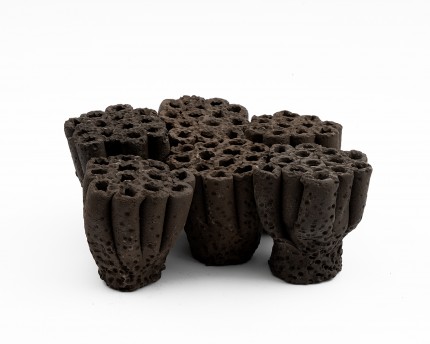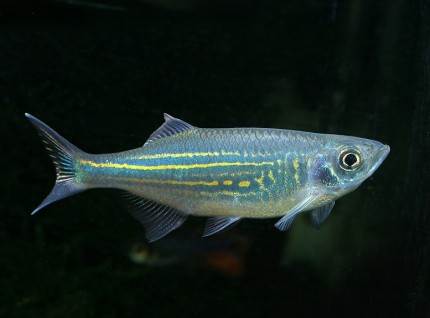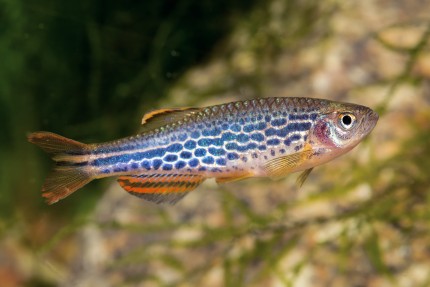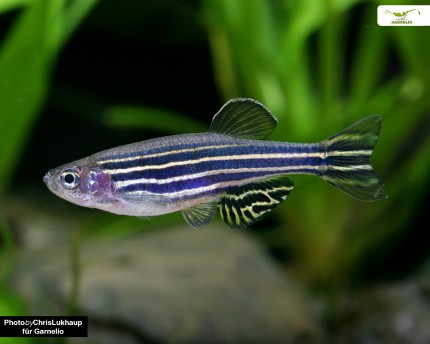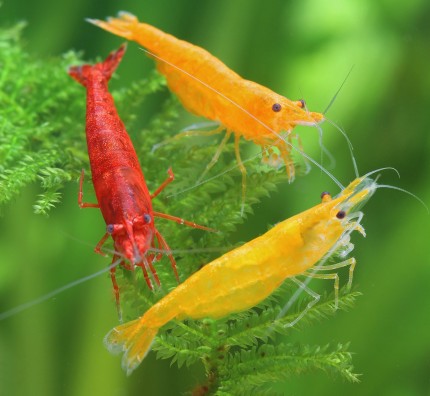incl. VAT plus shipping costs
Currently not available
Delivery only innh. Germany and Austria possible.
Switch to the German store
-10% EXTRA-RABATT
auf Deinen gesamten Warenkorb!!
- Item no: 29109
Fast delivery times
All products are in stock with us!14 years of breeding experience
Let our team of experts advise you!High customer satisfaction
from over 3,000 reviews "| Origin: | Asia |
| Fish group: | Beardies |
| Pelvic region: | Everywhere |
| Temperature: | 20-25 °C |
| Behavior: | Active |
| with shrimps?: | with shrimps from 4-6 cm size |
| Water values: | Soft water |
| Breeding: | medium |
| Visual effect: | Swarm behavior |
| Diet: | omnivorous - omnivorous |
| Aquarium size: | 200 l (approx. 100cm) |
| Planting possible?: | Yes |
| with snails/shells?: | Yes |
| with dwarf crabs?: | Yes |
| Difficulty: | 1 - Simple |
| Feature: | dynamic group behavior |
| with large crabs?: | No |
| Final size: | 8-12 cm |
| with crabs?: | No |
The longitudinal banded dan io is also called longitudinal banded rasbora. Rasbora einthovenii originates from Southeast Asia. Longbanded rasboras live in nature in forest streams on the Malay Peninsula as well as in Indonesia. The schooling fish grows up to 9 cm.
At first sight the Longbanded Darter is a bit inconspicuous, but at second sight it reveals its beauty: The basic color on the belly is silvery to yellowish, then comes a dark longitudinal band with a narrow reddish to golden fringe, which goes from the mouth over the whole body and ends in the caudal fin. Above this the ground color is yellowish to brown-olive. The body flanks shine bluish to purple depending on the incidence of light. The fins are transparent, only the front rays of the dorsal fin may show black pigments. Males can be recognized by their slimmer body shape and more intense coloration.
The Long-banded Darter is a very swimming schooling fish that needs decent length - the aquarium should be at least 100 cm long for a small school. The minimum group size should be 12- 15 individuals. A loose border planting serves the pretty longitudinal banded rasboras as a hiding place and retreat in the aquarium. Plenty of free swimming space is very important for the beautiful danios. A blanket of floating plants shades the aquarium somewhat and softens the light, which benefits the coloration and well-being of the Longbanded Rasboras.
The Longbanded Rasbora likes soft and slightly acidic water with good levels of humic substances in the aquarium. The pH-value should be 6-7, the total hardness should be under 7 °dH.
Socialization with other peaceful fish is possible without problems, keeping in a species tank is also recommended. Shrimps can be eaten. The socialization of Rasbora einthovenii with dwarf crayfish is possible, because the rather surface oriented danios are very nimble. However, it is still possible for the danios to be nipped if they are careless. Large peaceful shrimp are also possible aquarium mates, while dwarf shrimp may be nibbled.
The longitudinal banded danio prefers animal foods. In the wild it eats insects and other approach foods from the water surface, worms, small crustaceans and insect larvae. In the aquarium, the danios are happy with frozen food and live food of suitable size, but they also tolerate flake food or granulated food for omnivores.
Longbanded danios can be bred in a separate breeding aquarium. Here, a good aquarium size should also be selected so that the lively danios have sufficient swimming space. A dark substrate, a water level of approx. 20 cm and especially soft water as well as large water changes with cooler, soft water quickly bring the danios into spawning mood. If you condition the breeding pairs with high-quality live food beforehand, the breeding success will be even greater. Humic substances are helpful as a water additive.
Rasbora einthovenii lay their spawn as free spawners between fine-feathered water plants. Because longitudinal Rasboras are spawn predators, the parent fish are captured from the breeding tank after spawning. The small fish larvae hatch after only 24 hours and initially lie on the bottom. Once the yolk sac is consumed and the larvae swim free, you give fine live food such as slipper fish and other infusoria or dust food. Once they have grown a little, you can feed them Artemia euplii as a follow-up food.
Our food recommendation: NatureHolic professional main feed is a professional main feed for all aquarium fish. We supply Hauptfeed in the form of soft granules, which, thanks to its grain size of half a millimeter, can be easily ingested by small to medium-sized fish. The soft consistency resembles the texture of insect larvae in nature and protects the fish mouth from micro-injuries.
Our plant recommendation: Use for planting NatureHolic InVitros. These are free of snails, planarians and other unwanted co-inhabitants. Also free of algae spores, bacteria and fungi.
Expert Tip: We recommend when keeping fish the NatureHolic 3 Phase Liquid. The care set offers the best all-round protection for your animals. It ensures optimal conditions for successful breeding and keeping.
| Scientific name: | Brevibora einthovenii |
| German name: | Longitudinal banded danio, longitudinal banded rasbora |
| Difficulty level: | advanced |
| Origin/Distribution: | Malay Peninsula, Indonesia |
| Coloration: | Abdomen silvery to yellowish, dark longitudinal band with reddish-gold fringe from mouth to caudal fin. Dorsum yellowish to brown-olive. Body flanks with bluish-purple sheen. Fins transparent, anterior rays of dorsal fin with black pigments |
| Age expectancy: | approx. 10-11 years |
| Water parameters: | GH 3 to 6, KH 0 to 3, pH 6 to 7, temperature 20 to 25 °C |
| Tank size: | from100 cm |
| Food: | Carnivore, needs frozen food or live food |
| Breeding: | possible, but somewhat laborious |
| Behavior: | very peaceful, sociable |
| Group size: | Shoal of at least 12-15 conspecifics |
| Additional information: | <a href="https://www.garnelio.de/blog/garnelen/welche-fische-vertragen-sich-mit-garnelen="_blank">Which fish get along with shrimp?</a>, <a href="https://www.garnelio.de/en/blog/aquarist-tips/socialization-of-fish-with-dwarf-crabs" target="_blank">Association of fish and dwarf crayfish</a>, <a href="https://www.garnelio.de/blog/krebse/vergesellschaftung-von-fischen-und-grossen-flusskrebsen" target="_blank">Association of fish and large crayfish</a></td> </tr> </tbody></table>
Customer questions and answers Discover now Entdecke die Garnelio Welt! Garnelio gehört zu den größten Onlineshops für wirbellose Aquarientiere weltweit. Last viewed Shopware Agentur six-media.de |

